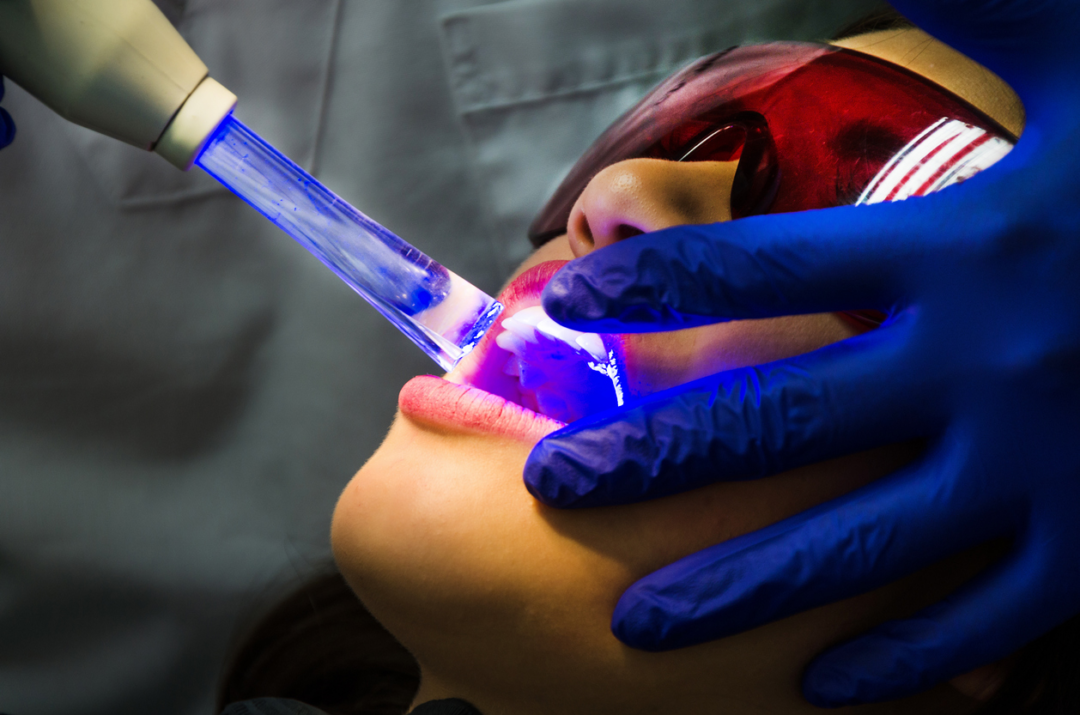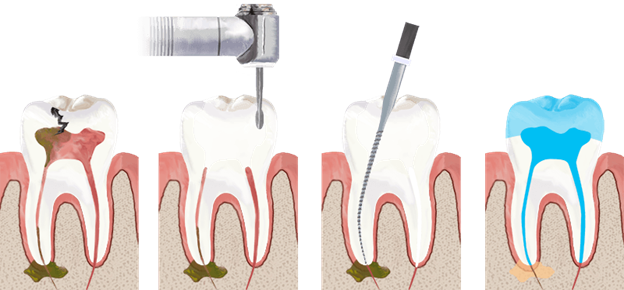Dental laser technology is an effective alternative to traditional dental procedures for the prevention and treatment of oral diseases. As a result, dentists have begun implementing laser technology in their practices at a rapid pace. In general, laser technology involves the use of light from lasers to perform specific functions. In dentistry, this usually refers to using red or green wavelengths of light from an infrared laser to remove plaque or perform surgery on gingival tissue or tooth roots. This article explains what laser technology is and how dentists use it in their practice.
Laser technology in dentistry refers to the use of laser devices to perform various dental procedures such as tooth whitening, cavity removal, gum reshaping, and biopsy. Lasers emit high-intensity light beams that can precisely remove or reshape tissue and can be less invasive and painful than traditional methods.
What is Laser Dentistry?
Laser dentistry refers to the use of dental lasers to treat or prevent oral diseases. Dental lasers are excellent tools for performing procedures such as removing plaque, eliminating oral bacteria and treating oral diseases. They provide high-intensity focused beams of light to remove plaque, soften gums and eliminate bacteria, such as the bacteria that causes periodontal disease.
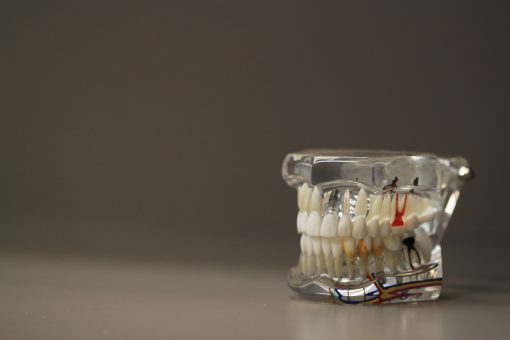
Some dental lasers are also used in tooth whitening and surgical procedures. Depending on the wavelength of the laser and the dental procedure, lasers can be used in combination with other dental tools, such as scalers and probes. Alternatively, they can be used alone to perform a procedure using a non-contact method.
How does a Dental Laser work?
A dental laser works by emitting a concentrated beam of light energy that can precisely remove or reshape tissue. The light energy from the laser is absorbed by the tissue, causing it to vaporize, coagulate, or break down. The laser beam can be precisely controlled, making it possible to perform delicate procedures with minimal impact on surrounding tissue.

The type of laser used in dentistry can vary depending on the procedure being performed, with different lasers emitting different wavelengths of light for specific uses. The laser is operated by a dentist trained in its use and with the proper certification. For example, infrared light is used to sterilize dental equipment. Other wavelengths of light are used for laser dentistry. A dental laser works by converting electrical energy into light energy. When the light hits the target, it is absorbed. The light energy is then transferred to the target, and the surface is heated until it is destroyed.
Benefits of Dental Laser Technology
Before learning how a dental laser works, it’s important to understand the function of light and how it is used in dentistry. Light can be described as a form of energy. Everything in nature, including humans, emits light. This light is invisible to the human eye, but can be detected by sensors. There are different types of light. Certain wavelengths of light are useful in dentistry.
Improved accuracy – Lasers provide more accuracy than other dental tools. This can lead to better results.
Reduced risk of infection – Lasers have low bacterial counts, making them safe for use in the mouth. The risk of infection associated with other dental instruments is lower when using lasers.
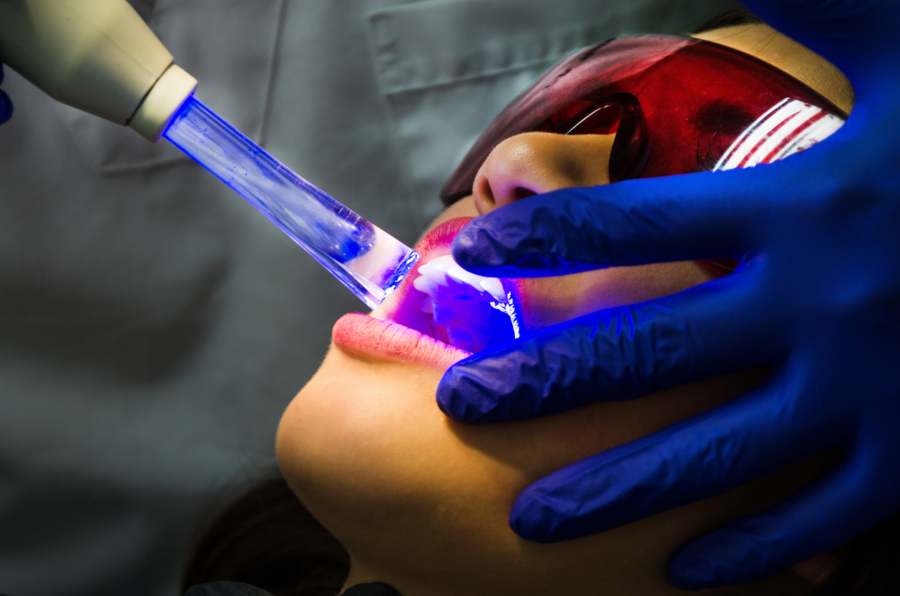
Reduced bleeding – Bleeding is a significant problem during dental procedures. Lasers reduce bleeding during the procedure.
Lower discomfort – Lasers are less painful than other dental instruments. This can lead to improved patient comfort.
Higher patient satisfaction – Patients are more satisfied with dental procedures that cause less pain. Since lasers are less painful than other dental instruments, patients are more satisfied with their dental procedures.
Laser dentistry is the use of laser technology in various dental procedures to improve treatment outcomes, reduce pain and recovery time, and increase patient comfort. Some common procedures that use laser technology include teeth whitening, cavity removal, gum reshaping, biopsy, and the removal of soft tissue growths. Lasers can precisely remove or reshape tissue with minimal bleeding and reduced discomfort compared to traditional dental tools.
Other Advantages of Dental Laser Technology
Minimal pain: Lasers can perform many procedures with minimal discomfort for the patient.
Faster recovery time: Many laser procedures result in less tissue damage and faster healing times compared to traditional dental treatments.
Reduced need for anesthesia: Some procedures may not require anesthesia, reducing risks and recovery time.
Improved cosmetic outcomes: Lasers can be used to perform procedures such as teeth whitening and gum reshaping, leading to improved cosmetic outcomes.
Types of Lasers Used in Dentistry
CO2 lasers – CO2 lasers are used for soft tissue procedures like oral surgery, periodontal treatment, and tooth extraction. They also have a variety of applications in esthetic dentistry. CO2 lasers are useful for soft tissue procedures. They have a wavelength that allows them to pass through soft tissue and be absorbed by the harder tooth structures, such as roots and tooth enamel.

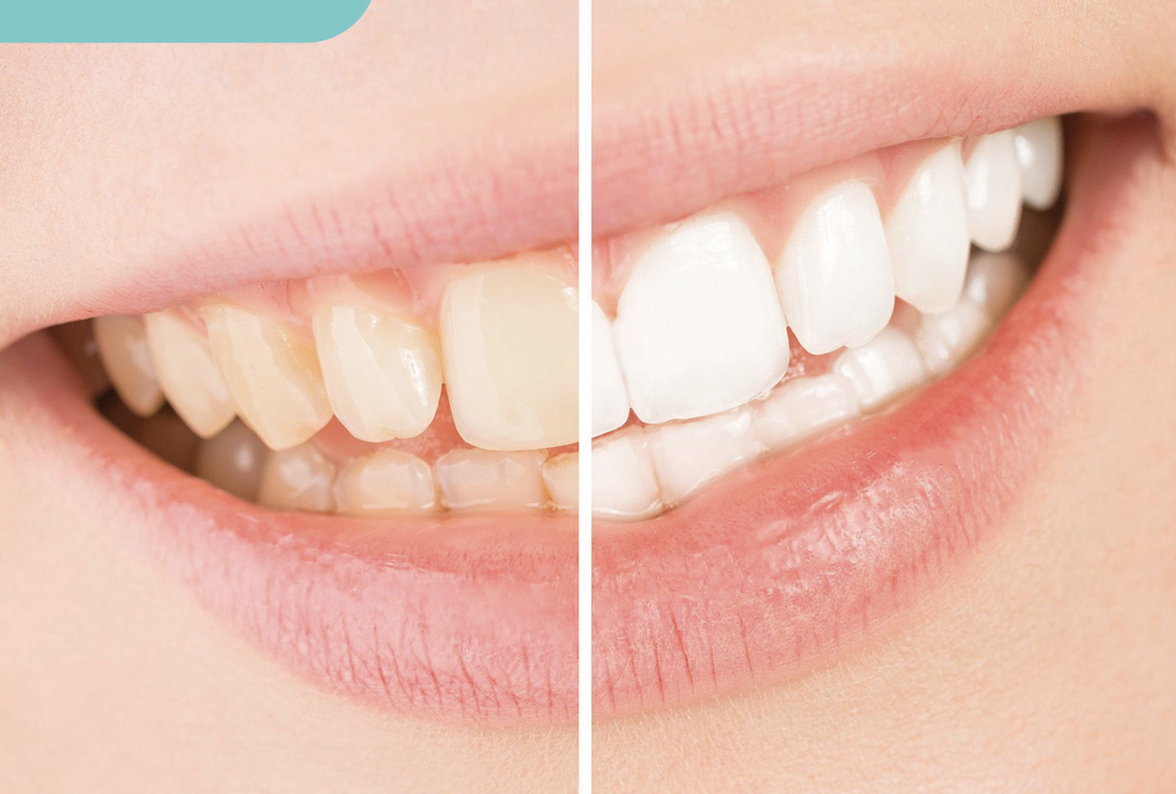
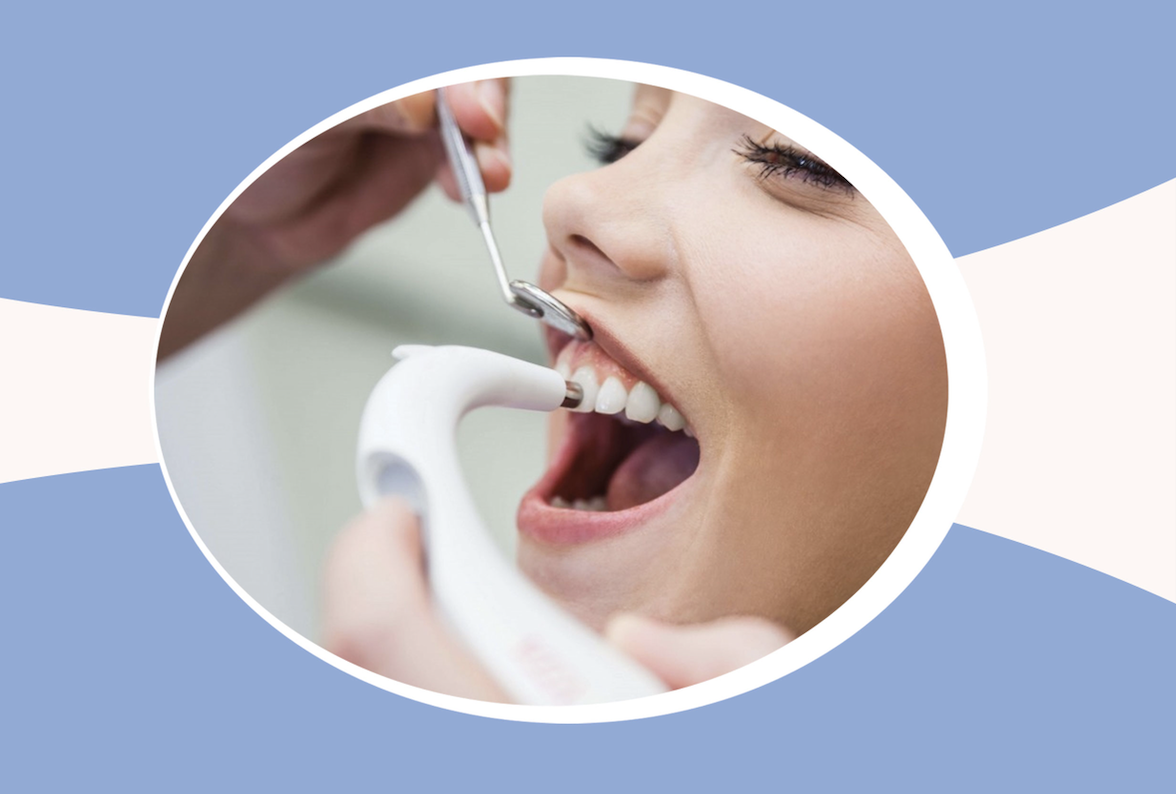
YAG lasers – YAG lasers are used for more advanced procedures, such as root canal therapy, implants, and orthodontics.
DFG lasers – DFG lasers work with water, making them more suitable for intraoral procedures. They are often used in combination with CO2 lasers.
Limitations of Dental Lasers
Bulkiness – CO2 lasers are bulky and cumbersome devices, which makes them difficult to use in certain procedures, such as intraoral procedures.
Cost – CO2 lasers are more expensive than other dental lasers. They also require additional equipment, such as cooling systems. While the cost of dental lasers is decreasing, they are still not affordable for every dental practice.
Fairly high maintenance – CO2 lasers require regular maintenance. This includes replacing the cooling system.
Concluding Thoughts
Dental lasers are an effective alternative to traditional dental procedures by dentist. They are more precise, have a lower bacterial count and cause less bleeding compared to other dental instruments. They are also less painful, more convenient and have a lower risk of infection. There are several types of lasers used in dentistry. CO2 lasers are the most common lasers used in dental procedures. Lasers have some limitations, such as bulkiness and a relatively high maintenance cost. Dentists who decide to incorporate dental lasers in their practice should be aware of these limitations.
Follow Us For More Updates
